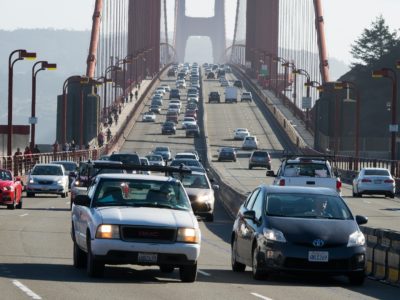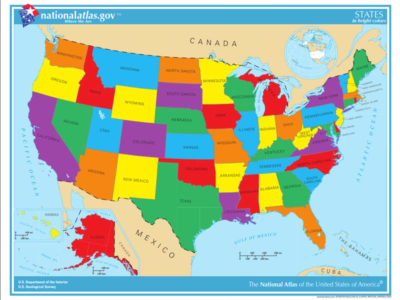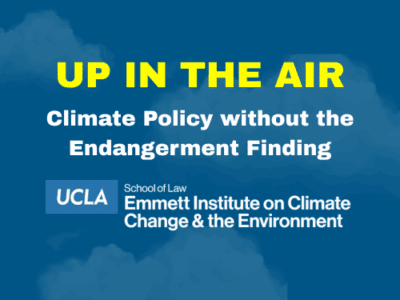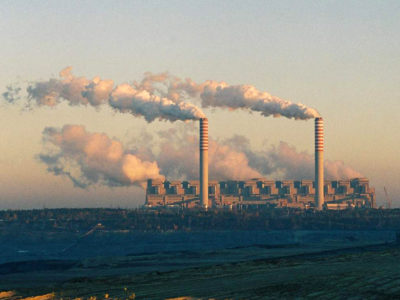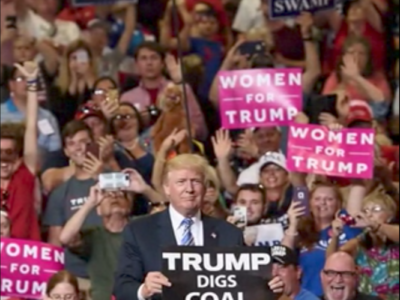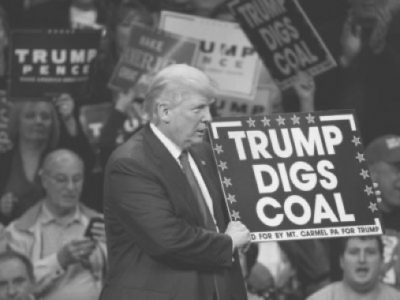Clean Air Act
The Lingering Legal Issue of California’s Limits on Vehicle Emissions
The issues are complex, but the state has some strong legal arguments on its side.
The odds are high that the Trump Administration will withdraw California’s power to regulate greenhouse gas emissions from cars and trucks – and along with it, California’s effort to become all-electric. This is a crucial issue for the state because transportation accounts for about 40% of the state’s emissions. It’s also crucial for the other states have exercised the option of adopting California standards. The issues are complex, involving an unusual statutory scheme. Here’s what you need to know, and why I think California should win this fight.
CONTINUE READINGThe Legal Barricades Protecting State Climate Policy
The general legal landscape favors state regulatory efforts.
The upshot is that it will be very challenging for the Feds to overturn state emissions regulations of power plants and other facilities. The statutory and doctrinal landscape are favorable for states playing defense, and the Supreme Court seems if anything more favorable to the states than the national government. Of course, these general observations leave plenty of room for litigation over the fine points, and the Feds could win some cases. But the states start the contest with an advantage.
CONTINUE READINGWebinar: Climate Policy without the Endangerment Finding
UCLA Law’s “Up in the Air” webinar explores the future of federal and state climate policy if the endangerment finding is repealed.
As Environmental Protection Agency Administrator Lee Zeldin rushes to rescind the endangerment finding — which some have called “the Holy Grail of U.S. climate policy” — the UCLA Emmett Institute hosted an expert panel discussion on the reasoning and ramifications of such a move. The effort underlines “an extraordinarily dark time in U.S. environmental politics,” …
Continue reading “Webinar: Climate Policy without the Endangerment Finding”
CONTINUE READINGThe Woeful Economics of a Misguided Rollback
The costs of Trump’s rollback of key climate rules far outweigh any benefits.
Trump’s rollback of regulations limiting emissions from power plants is an economic disaster. According to economists, health damages far exceed savings from lower compliance costs. Just considering health impacts alone, the net cost of the rollback will be $129 billion through 2050. Climate damages add another $148 billion in costs.
CONTINUE READINGA Very Bad House Vehicle Pollution Bill
The Fuel Emissions Freedom Act may be a stunt, but it’s worth examining
It can be hard to keep track amid all the hair-raising developments in Congress and at the Supreme Court, but last week, a group of House Republicans led by Roger Williams of Texas introduced the Fuel Emissions Freedom Act, hot on the heels of the purported (illegal) termination of California’s vehicle emissions standard waiver. This freedom-to-pollute …
Continue reading “A Very Bad House Vehicle Pollution Bill”
CONTINUE READINGThe Emperor’s New Endangerment Theory (Wrap-Up)
Trump’s EPA says carbon emissions from U.S. power plants are too insignificant to regulate.
U.S. power plants emit 1.5 billion tons of carbon dioxide a year, a little less than the entire country of Russia. The Trump Administration is proposing to end all regulation of carbon emissions by power plants, on the theory that these emissions should be considered insignificant. They have some complicated legal arguments , but the arguments break down the more closely you look at them.
CONTINUE READINGThe Emperor’s New Endangerment Theory (Part II)
To justify a decision not to regulate CO2 from power plants, EPA had to twist statutory language beyond all recognition.
According to EPA, carbon emissions from the U.S. power sector are too insignificant to warrant regulation. This is a bizarre conclusion: U.S. power sector’s emissions are around 6.5 billion tons, just below Russia’s total emissions from all sectors. To reach this conclusion, EPA has proposed a novel reading of the Clean Air Act. In EPA’s view, before it could regulate those emissions, it would first have to make a formal finding that they “cause or significantly contribute” to climate change, and (2) that this has to be judged on the basis of the sector’s percentage of total global carbon emissions. The statute doesn’t say either of those things.
CONTINUE READINGThe Chutzpah is Stunning
The Trump Administration is suing to block state climate lawsuits based on Clean Air Act Preemption.
If nothing else, you have to give credit to the Trump Administration for incredible gall. Yesterday, the Department of Justice filed suit against Michigan and Hawaii seeking to stop those states from filing lawsuits against fossil fuel companies for climate damages. The fact that DOJ is seeking to prevent even the filing of the lawsuits …
Continue reading “The Chutzpah is Stunning”
CONTINUE READINGDoes Deregulation Hypercharge the Economy?
If the economics effects are that huge, you’d expect the unemployment rate reflect major regulatory or deregulatory moves. It doesn’t.
EPA’s head sats that “EPA will be reconsidering many suffocating rules that restrict nearly every sector of our economy and cost Americans trillions of dollars.” If regulation and deregulation are that big a deal economically, we should clearly see their imprint on unemployment. It turns out that even the biggest regulatory and most dramatic deregulatory actions have no discernible effect on the job market.
CONTINUE READINGTrump’s Discordant Coal Quartet
Yesterday’s four executive orders were long on talk and short on action.
Yesterday, flanked by a coal miners in hard hats, Trump signed four executive orders to restore their industry to its past glory. Given that coal is now the most expensive way to generate power other than nuclear, that’s going to be a heavy lift. Like many of Trump’s orders, these four are full of threats and bluster, but will have little immediate effect. These orders give the same impression as many executive orders — that Something Important is Being Done — but they are really more in the way of promises of future action.
CONTINUE READING



